- Category
- Anti-Fake
Debunking Five Main Myths Surrounding Ukraine’s Legendary Azov Brigade
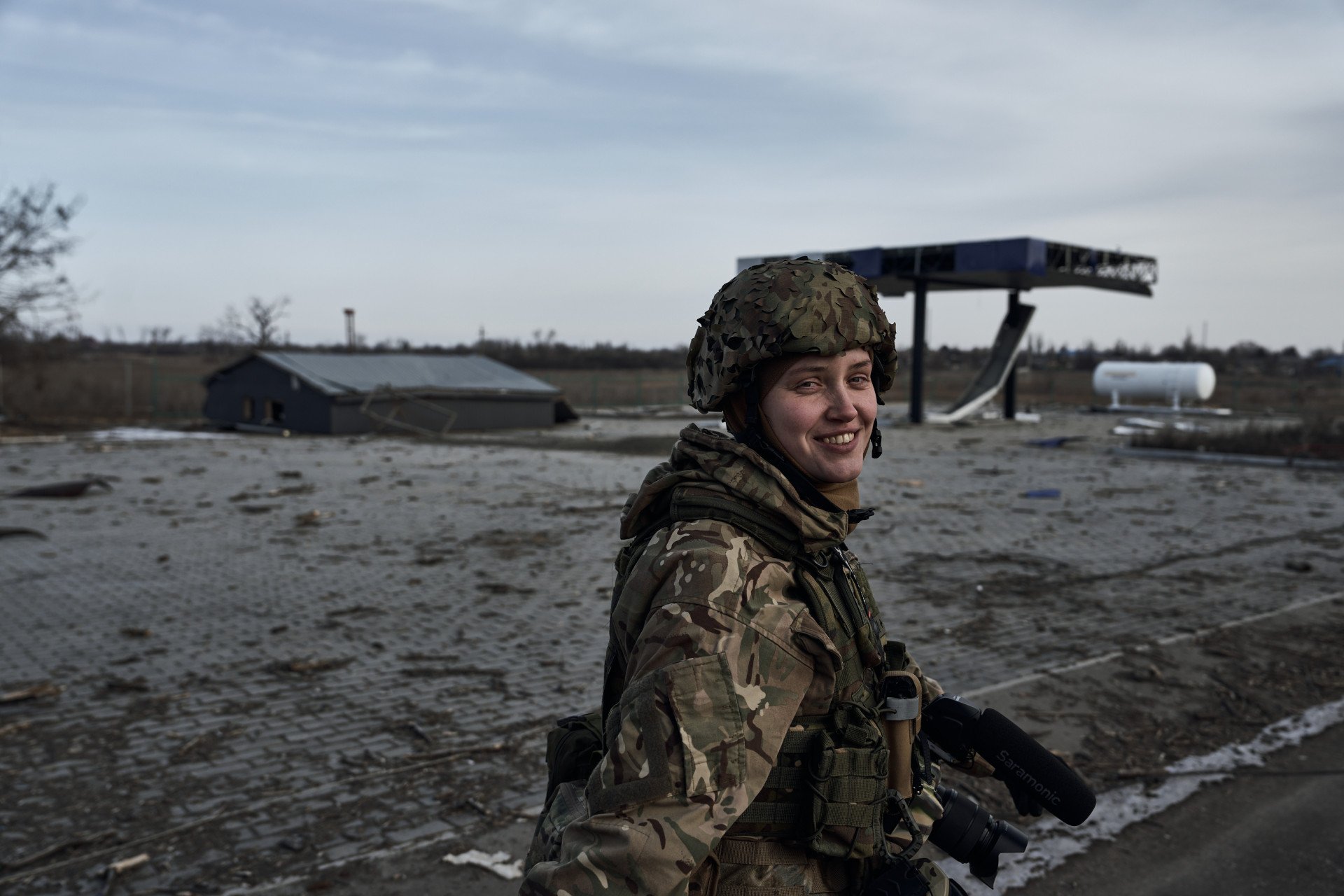
The fall of Azovstal was a critical point in Russia’s invasion of Ukraine, highlighting the tenacity of Ukrainian resistance. Yet, the story of the Azov Brigade, central to the defense of the steel plant, remains a subject of contention and disinformation, two years on. Let’s debunk.
Exactly two years ago today, the Azovstal steel plant in Mariupol fell after a 82-day siege, marking a pivotal moment in Russia’s full-scale invasion of Ukraine. The Azov Brigade, along with other Ukrainian defenders, held out against overwhelming odds, enduring relentless bombardment and dwindling supplies. Their resilience and courage became a symbol of Ukrainian resistance, inspiring the nation and drawing international attention to the atrocities committed by Russian forces.
Azov, a central target of Russian propaganda, continues to play a key role in Ukraine’s battle against Russian aggression. From liberating Mariupol from Russian forces in 2014 to their heroic defense of Azovstal in 2022 and their ongoing engagement in battles near Kreminna, Azov has evolved from a volunteer group to a National Guard brigade feared by Russian invaders. This article debunks the main accusations leveled by the Kremlin against one of Ukraine’s most legendary and combat-ready units.
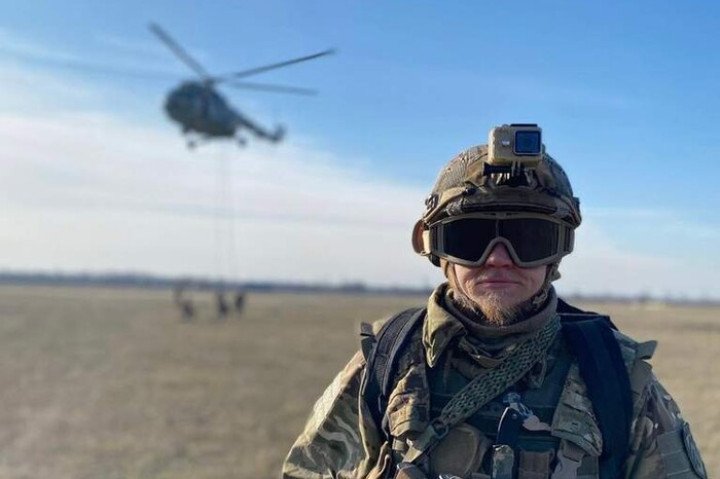
Myth 1: Azov is a paramilitary entity
The Kremlin has consistently portrayed Azov as a rogue paramilitary group operating outside the control of the Ukrainian government. This is categorically false. Azov is a fully integrated unit within the National Guard of Ukraine, subject to the chain of command and the orders of the General Staff.
The brigade’s legitimacy and integration into Ukraine’s armed forces is further evidenced by the numerous awards and recognition bestowed upon its members. Ten Azov fighters have been honored with the prestigious title of Hero of Ukraine, the nation’s highest military award. This not only underscores their bravery and dedication but also confirms their status as recognized and valued members of the Ukrainian armed forces.
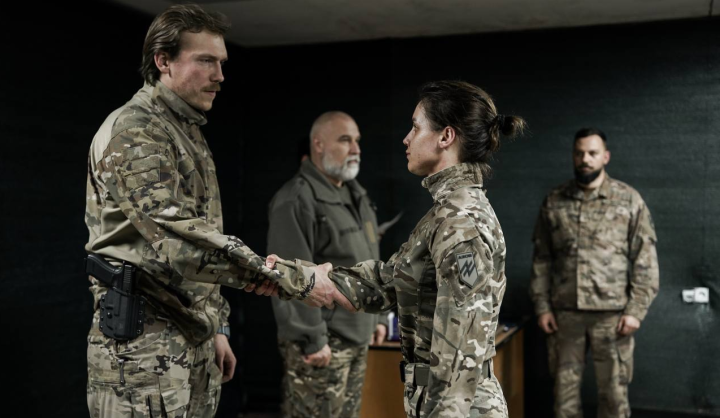
Myth 2: Azov fighters have anti-semitic views
Russia’s propaganda machine has often attempted to smear Azov with accusations of anti-Semitism. This narrative is unfounded and contradicts the reality of the unit’s composition and history.
Since its inception, the Azov unit has included ethnic Jews in its ranks. One of the most renowned Azov fighters of Jewish origin is Ruslan Serbov, known by the call sign “David,” a direct reference to the biblical King of Judea and Israel. “David” visited Israel in November 2022 to undergo rehabilitation after his leg was amputated due to injuries sustained during the battles for Mariupol.
Moreover, during the siege of the Azovstal plant in Mariupol, Ukraine’s Chief Rabbi Moshe Reuven Asman appealed to the Israeli Knesset for the evacuation of Azov fighters, recognizing their bravery and highlighting the absence of anti-Semitism within the unit. His direct interactions with Azov fighters further discredit the Kremlin’s baseless claims.
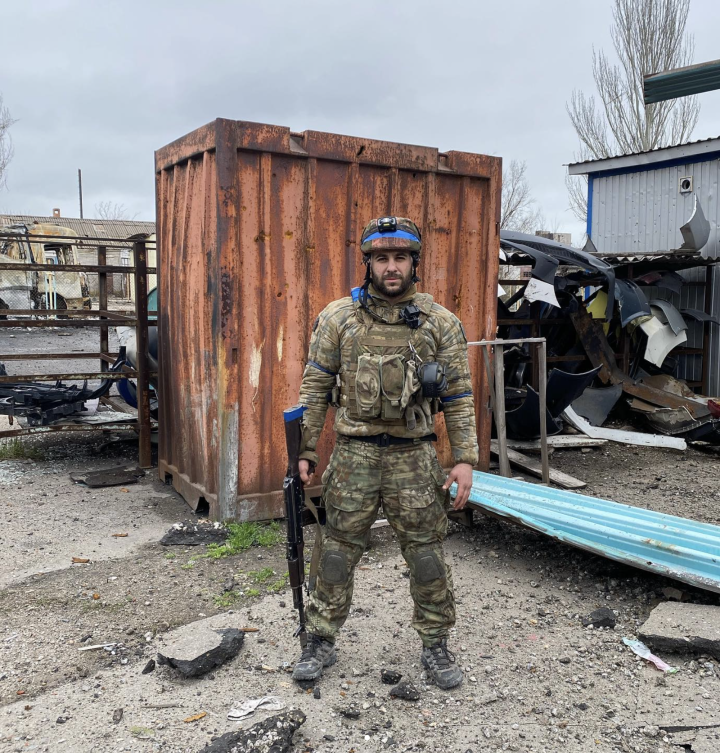
Myth 3: Azov fighters share xenophobic, racist, and sexist views
The Kremlin’s attempts to paint Azov as a xenophobic, racist, and sexist organization are equally unfounded. Throughout its history, Azov has welcomed individuals from a wide array of ethnic and religious backgrounds, including Georgians, Armenians, Russians, Belarusians, Crimean Tatars, and Greeks. The unit’s diversity reflects the multicultural fabric of Ukrainian society.
Furthermore, women have played a significant role in Azov, serving in various capacities, including combat medics, press officers, and recruiters. Tragically, during the siege of Mariupol, 15 women serving in Azov lost their lives in combat, a testament to their courage and commitment.

Myth 4: Azov is recognized as a terrorist organization in the West
Russia is the only country that has designated Azov as a terrorist organization. This designation is a blatant attempt to delegitimize the unit and tarnish its reputation internationally. However, Azov representatives have been welcomed in Western countries, conducting business visits to the US and meeting with members of Congress and the Senate.
In 2022, Meta Platforms, the parent company of Facebook, removed Azov from its list of blocked organizations, acknowledging that the designation was based on misinformation. Azov officers have also spoken at international forums such as the UN, the World Economic Forum, and the Council of Europe, further debunking the Kremlin’s narrative.
Myth 5: The Azov symbol has neo-Nazi implications
Russia has repeatedly tried to link Azov’s symbol to neo-Nazism. However, the symbol, which represents the “National Idea,” carries no such connotations. It signifies the unit’s devotion to the Ukrainian people and their willingness to sacrifice for the nation’s well-being. The concept of “nation” in this context refers to a civic nation and its political freedoms, not to any racial or ethnic ideology.
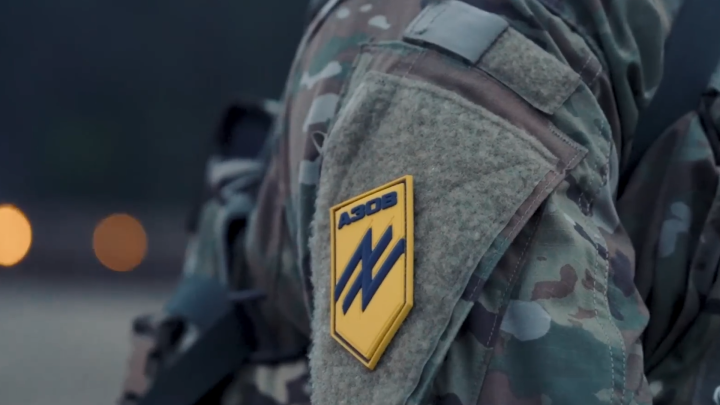
Azov’s resilience and effectiveness on the battlefield have made it a prime target for Russian disinformation. The Kremlin’s propaganda machine seeks to undermine the unit’s credibility and sow discord among Ukraine’s allies. However, the facts clearly demonstrate that Azov is a legitimate and integral part of Ukraine’s defense forces, dedicated to protecting the country’s sovereignty and freedom.
-5adb65e550f9dec24a01a35019e4b6b5.jpg)
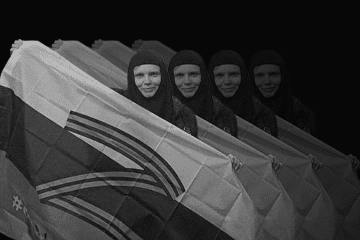
-46f6afa2f66d31ff3df8ea1a8f5524ec.jpg)
-8ddd9e24f95bb9d73d6d11d75f774999.png)
-29a1a43aba23f9bb779a1ac8b98d2121.jpeg)
-283d77c1379d612e6f72cf1b6de7dacb.png)
